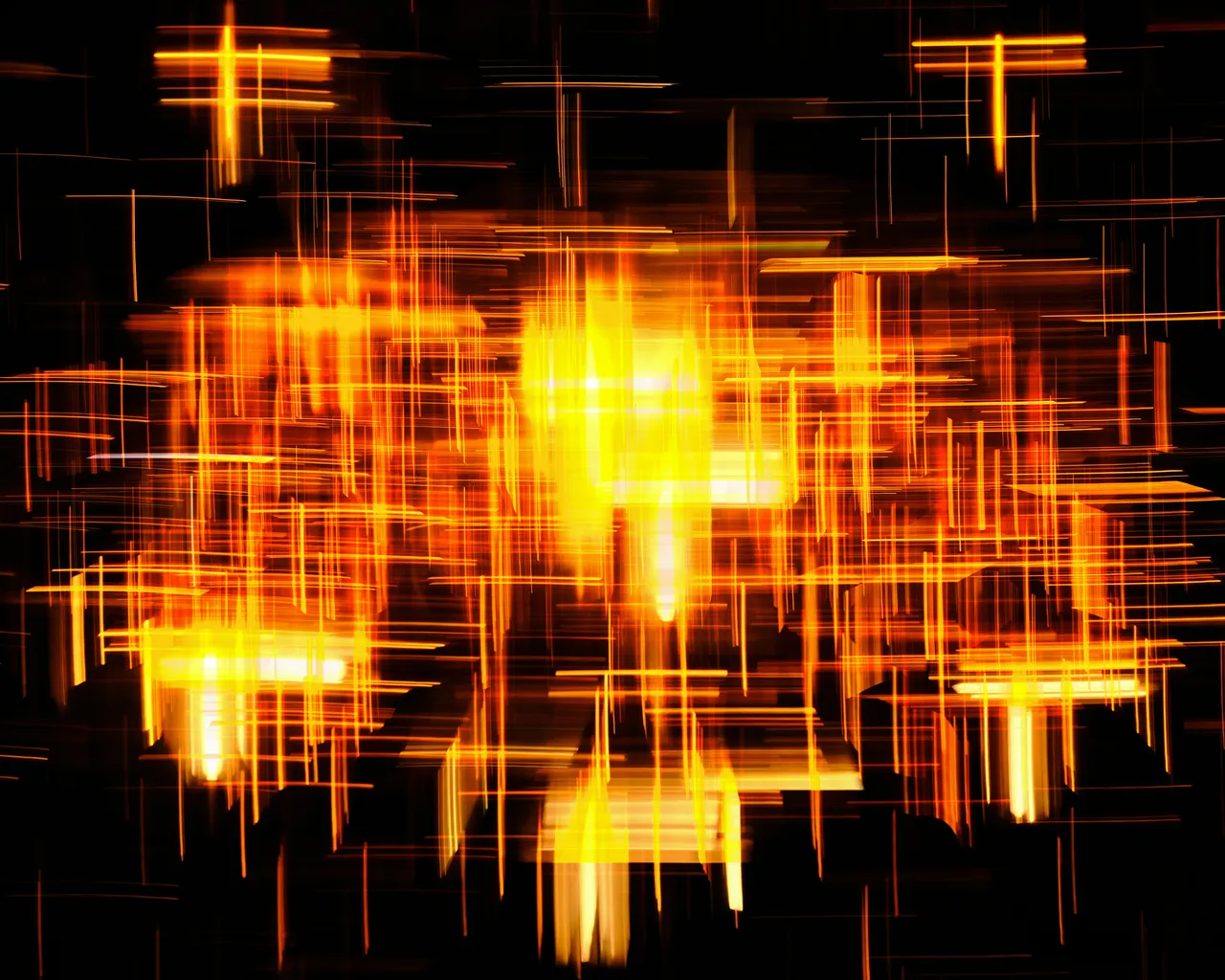Exploring the Origins of Light Art: From Ancient Fire to Modern LEDs
Embark on a historical journey that traces the evolution of light art from the flickering flames of ancient fire to the dazzling displays of modern LEDs. This article explores the captivating world of light art, showcasing how this form has illuminated the intersection of technology and creativity through the ages.
Ancient Beginnings
The story of light art begins with the earliest humans, who were fascinated by the natural light of the sun, moon, and fire. These primal sources of light were not only essential for survival but also served as early canvases for artistic expression. Ancient civilizations used fire in rituals and ceremonies, creating the first instances of light art. The ancient Egyptians, for instance, were known to use reflective materials and mirrors to direct sunlight into their dark tombs and temples, bringing light to the sacred and the mundane.
In ancient Greece and Rome, festivals often featured torchlight processions, where light itself became a form of art. These processions could be considered early forms of public light art installations, where the interplay of light and shadow, movement and stillness, brought communities together in a shared experience of beauty.
Renaissance of Light
The Renaissance era brought a new understanding and appreciation of light within the arts. Artists like Caravaggio and Rembrandt skillfully manipulated light and shadow to bring emotional depth and realism to their paintings. This period marked a significant shift, where light started to be seen not just as a tool for visibility, but as a central element in the composition of art.
The invention of the camera obscura, a dark room or box with a small hole or lens at one side through which an image is projected onto a surface inside, further explored the relationship between light and art. This device not only fascinated artists and scientists but also laid the groundwork for photography, forever changing the way we capture and perceive light.
The Electric Revolution
The advent of electricity revolutionized light art, introducing new possibilities with the invention of the incandescent bulb by Thomas Edison in the late 19th century. For the first time, artists had control over light without the constraints of natural light or fire. This era saw the emergence of neon art in the early 20th century, with artists like Georges Claude displaying neon tubes in captivating colors and forms.
The development of electric light opened up new avenues for artists to experiment with light, leading to the creation of immersive environments and kinetic sculptures. The 1960s and 70s, in particular, witnessed the rise of Light and Space movement in Southern California, where artists focused on perceptual phenomena, such as light, volume, and scale, creating experiential artworks that engaged viewers in new ways.
Modern LED Innovation
Today, LED technology represents the forefront of light art, allowing for unprecedented control over color, intensity, and timing. Artists like Olafur Eliasson and Yayoi Kusama leverage LEDs to create dynamic installations that transform spaces and provoke deep emotional responses. The versatility and energy efficiency of LEDs have made them a favorite among contemporary light artists, enabling the creation of intricate and sustainable light art installations.
The journey of light art from ancient fire to modern LEDs highlights the enduring fascination with light as a medium for artistic expression. It is a testament to human creativity and the ongoing quest to explore the possibilities of light, color, and form.
This article was developed using available sources and analyses through an automated process. We strive to provide accurate information, but it might contain mistakes. If you have any feedback, we'll gladly take it into account! Learn more

